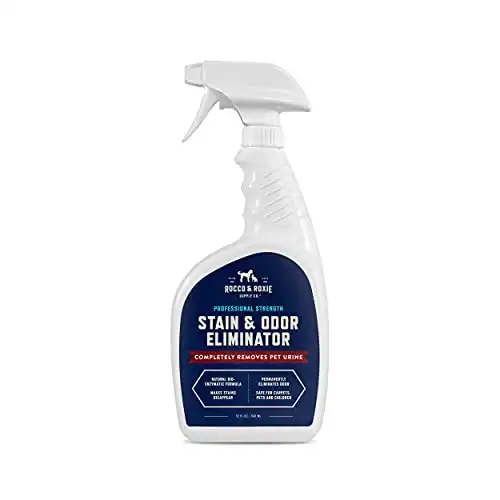What to do When Your Puppy Cries in the Pen or Crate (Guide)
Training your new pup can be challenging — it requires patience and determination. Because your dog can’t communicate with you, they can sometimes become scared or anxious when introducing them to the house rules and perhaps confine them to a pen or crate. This can cause them to growl or cry!
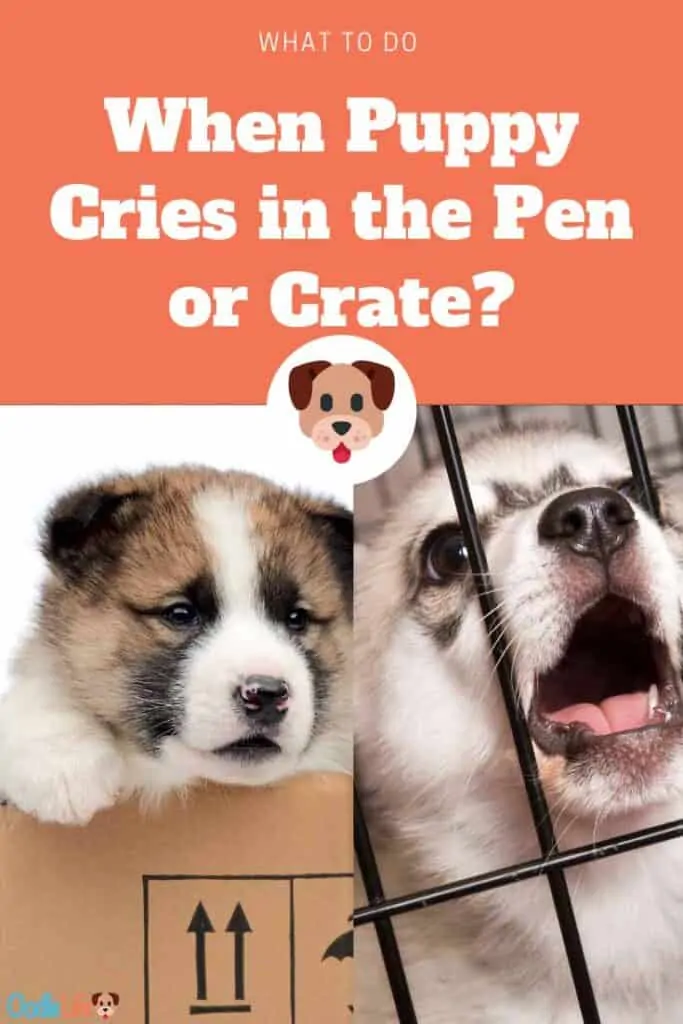
Does your puppy cry when you confine them in their pen? Is it okay if your puppy cries in its crate when you leave the room?
What to do when your puppy cries in the pen? What are the best strategies to remedy this upsetting noise?
Here’s all you need to know about what a puppy crying when you leave may mean and what you can do about it.
Why Do Dogs Cry?
If you think about it, puppies are not much different from human babies. Like our own babies, puppies are unable to communicate with us. With humans, of course, this changes over time as children learn to speak and communicate. However, as dogs get older, the lack of communication remains.
That being said, a crying puppy (or dog) is a clear sign of discomfort. If your dog is whimpering or crying, they’re trying to communicate with you. Not all discomfort is bad! Identifying the cause is key to knowing how to stop dog crying in a crate or pen.
Dogs are sensitive and emotional animals. They attempt to express their feelings and needs through acts such as crying, growling, wagging their tail, etc. This is why if your dog is crying, it’s essential to identify the cause behind their crying and ensure your furry friend is okay.
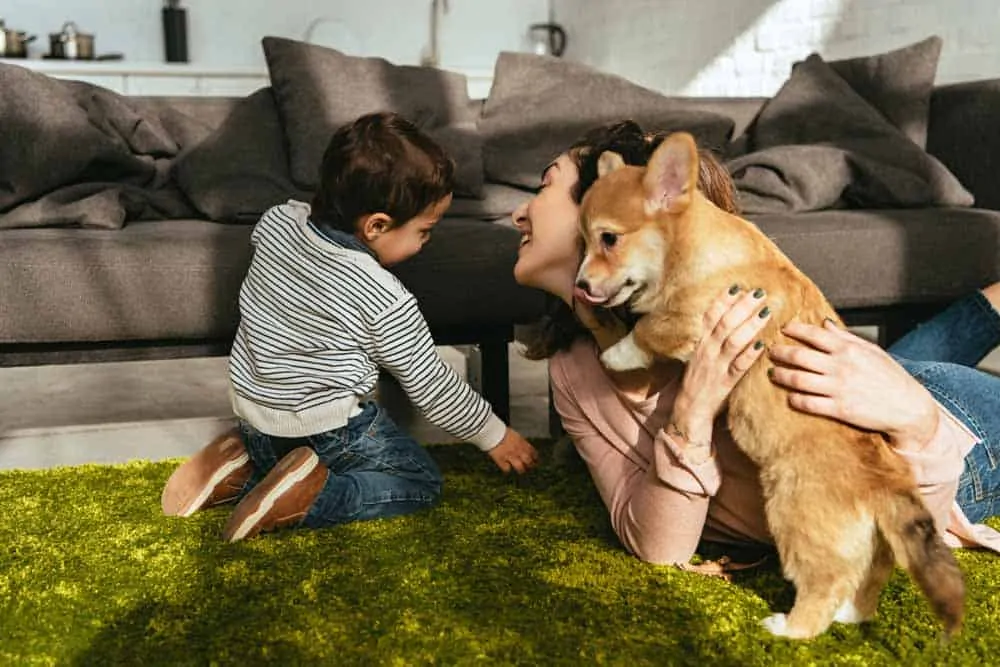
A Dog Crying In The Pen Is Normal Behavior
Dogs may cry for several reasons, ranging from hunger to a desire for attention. But before delving into the different reasons, it’s important to first note that crying is usually normal behavior among dogs. Such behavior is typical in dogs, especially when they’re confined in a small space that they’re not used to.
Here is a list of possible reasons why your dog cries when in the pen.
1. Discomfort
When your dog is in the pen, they cannot roam around, play, and explore their environment. This could be making your dog anxious or nervous, especially if you’ve just brought them home to an entirely new environment. Being confined to a small space takes getting used to, so it’s normal for your dog to feel uncomfortable at first when you’re training them to get used to the pen.
Some dogs have separation anxiety, which means they get distressed when they’re separated from their owners or guardians. Social dogs like the Labradoodle or Maltipoo often struggle to be left alone. Separation anxiety is can be managed with training and advice from a veterinarian or animal behaviourist.
Of course, there could be other less severe things causing your dog to be uncomfortable, such as needing to go to the toilet or requiring exercise. That’s why it’s crucial to maintain a daily routine for your dog that ensures all their basic needs are being met. (Or build a DIY porch potty so your dog can take itself to the toilet!)
OodleLife reviewing Veterinarian Dr Charlotte Stiles (DVM)
2. Confusion
In some cases, dogs cry, howl or growl out of confusion. Being confused is stressful for dogs, so crying is a common response. Again, this is especially common if you’ve recently brought your dog home, and they’re not yet used to their surroundings.
Moreover, dogs are related to wolves and maintain the pack animal instinct. Pack animals typically live together in groups for protection and survival. It could be that your dog considers you as part of their pack, which is why they’re uncomfortable when you’re not around them.
(Is getting two dogs a solution to puppy separation anxiety? Should you get them at the same time?)
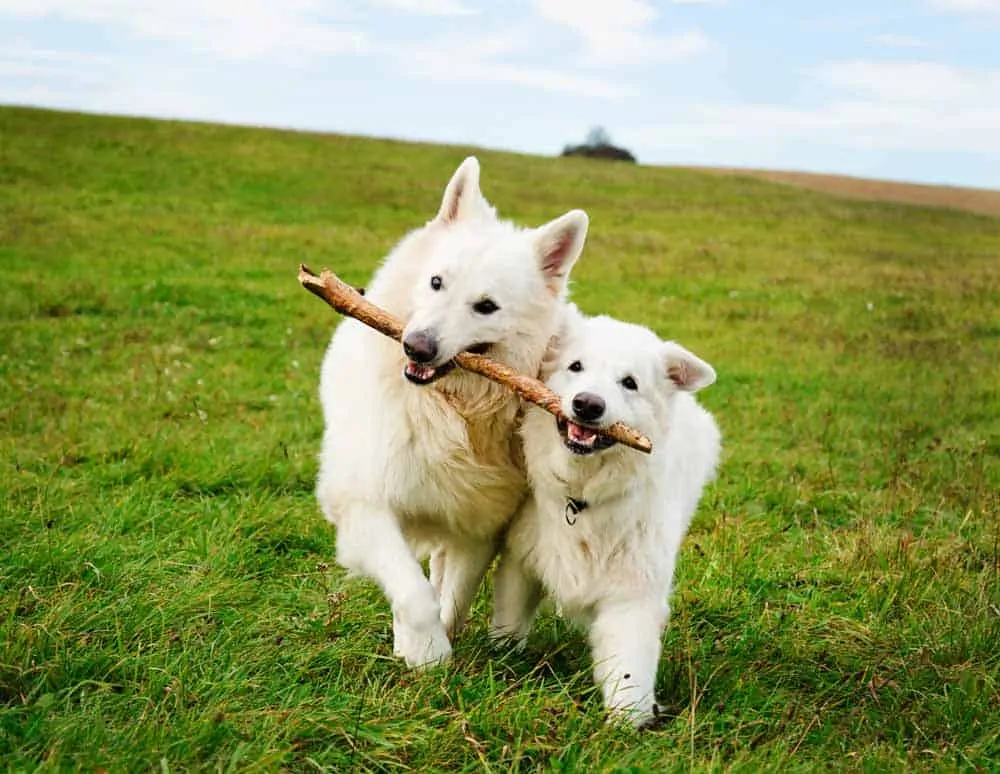
3. Need For Attention
Dogs are sensitive animals, and it’s no secret that they love attention. If your pup cries when left alone in the pen, it could be that they just miss you and want your attention. This is especially true if they’re used to being by your side and tend to trail you.
Alternatively, your dog’s crying may be a call for attention to their pen. There could be something in the pen, making your dog uncomfortable, like spilled water on the blanket or something of that sort. That’s why it’s important to inspect your dog’s pen and ensure your pup is as comfortable as can be.
4. Boredom
Finally, your dog could also be crying out of boredom. It’s easy to get bored when confined in a small space with restricted movement. This is why your dog’s crying or whimpering may just be a way of expressing their dissent at being constricted.
Ensure your dog gets plenty of exercise during the day. A tired dog is a happy dog, and tiring your pup out will make them less likely to throw a tantrum when in the pen.
Even if you are confined indoors, there are plenty of indoor dog games and activities that can physically and mentally tire your dog.
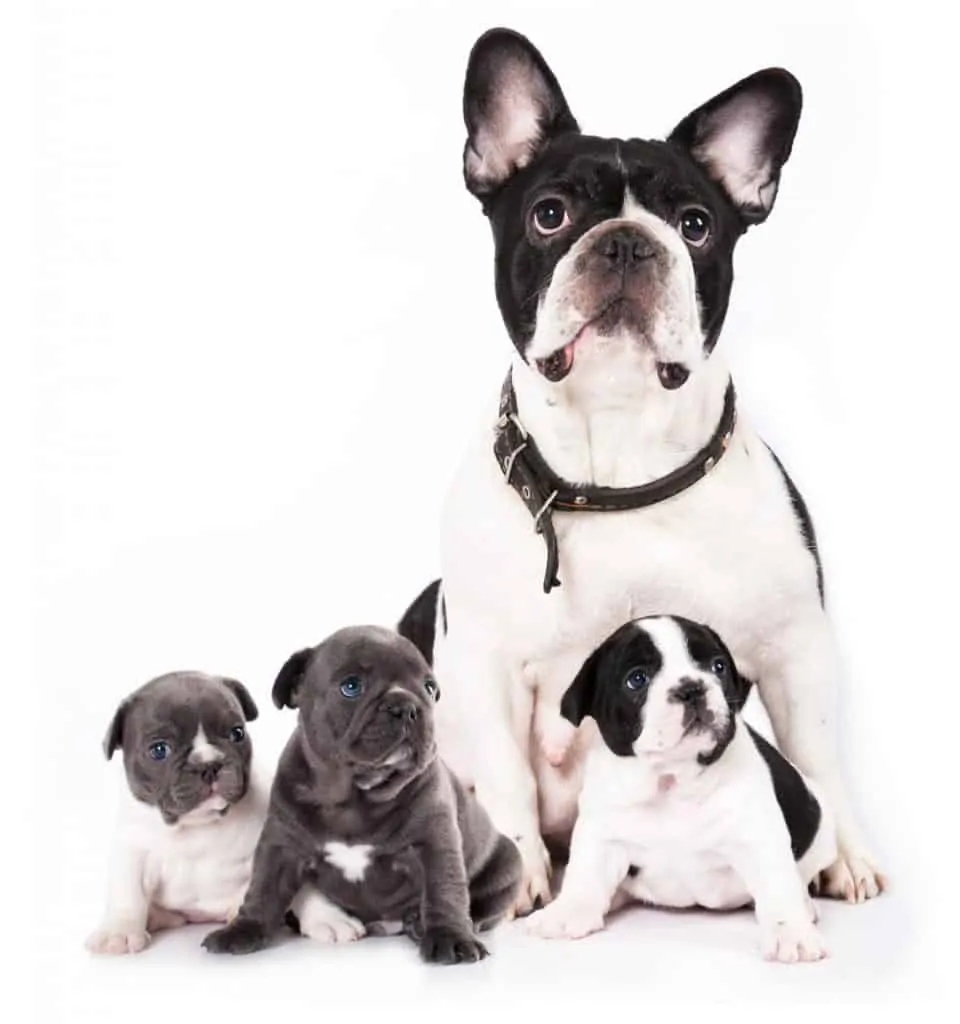
How Can I Get My Pup Used To Being In Their Pen (and STOP crying)?
There’s no denying that hearing your furry friend whimper and cry is heart-breaking. In many cases, owners give into their dogs’ crying out of sympathy and let them out of their pen when they start to cry. Some owners may even give up the idea of pen training to avoid having to hear their dog’s cries of discomfort.
So what to do when your puppy cries in the pen? Be consistent!
However, it’s important not to give in to your dog’s crying. If you do, your dog will learn that crying works in their favor, and they may use crying as a tactic to get their way with you about other things.
Disobedient dogs are a hassle to deal with, so here are concrete steps you can take to get your pup more comfortable with the idea of staying in their pen. This behavior needs to be taught EARLY to prevent future problems. (See an example of a training age guideline for a Goldendoodle).
1. Introduce The Pen Gradually
To ensure the complete comfort of your pup, it’s best to gradually warm them up to the idea of being in the pen. Start out small by enticing your puppy into the pen with a favorite toy or treat. You may want to start off by keeping the pen door open so that your dog doesn’t feel confined.
As your dog gets more used to the pen or crate, you can begin to close the door and gradually increase the duration of their time in the pen.
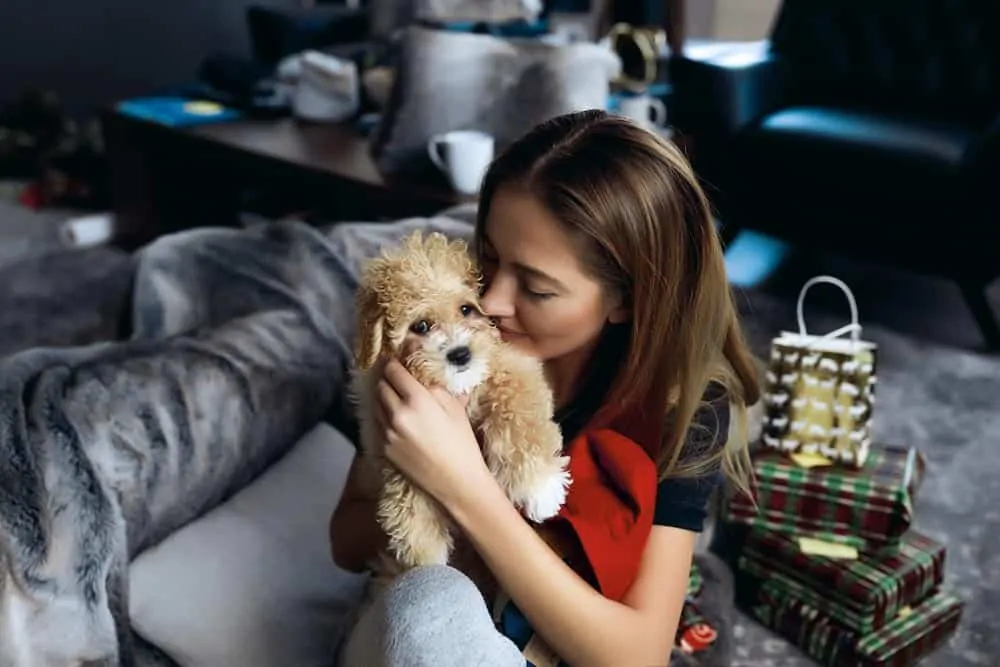
2. Make Positive Associations With The Pen
The goal of pen training is to make the pen a safe and comfortable space for your dog. A great way to do this is by creating positive associations with the pen. You can do this by offering words of reassurance and praise to your dog when they enter the pen.
You can also reward your dog with treats every time they enter the pen so that they know they’re doing the right thing. Make sure to only reward them when they’re not crying in the enclosure to understand that this is the desired behavior.
3. Ignore The Crying
When it comes to pen training, perhaps one of the best tips you’ll learn is to ignore your crying dog (this is only appropriate if you’re sure that your dog is not crying because they are hungry or need a toilet break though).
Of course, ignoring your crying pup is easier said than done. But it’s important not to entertain this behavior. By ignoring their cries, you are communicating to your dog that crying will not grab your attention.
It’s imperative to never yell at a crying dog. When you yell at your dog, you’re still giving them attention, which might encourage them to repeat this behavior. In addition, your dog’s cries are a sign of discomfort, and yelling at them will only make them more uncomfortable, if not scared.
Instead, use short, firm commands like ‘Stop‘ and ‘No‘ to let your dog know that you will not entertain their behavior. Your pup is a smart animal, and they will eventually learn that if they want your attention, crying is not the way to get it.
4. Ensure The Pen Is Comfortable and safe
If you want your dog to feel comfortable in their pen, you have to ensure their pen is comfortable, inviting, and safe. Make sure to examine the pen before your dog enters — make sure their food and water bowls are full. Look out for dangerous or uncomfortable objects that may hurt or cause discomfort to your dog.
Fill the pen with objects your dog loves, such as their favorite toys and/or soft blankets. (See our favourite puppy toys, or chew toys for aggressive chewers). This way, the pen will look more inviting and less daunting to them. Other considerations include ensuring the temperature isn’t too hot or too cold for your dog and/or playing soothing music or music your dog likes.
5. Visit Your Dog In The Pen
Make sure to visit your dog when you’re getting them used to the idea of being in the pen. Your presence near the pen will make the pen less intimidating to your dog, as they know they won’t be totally alone in there.
Be around the pen for a while, and leave for short intervals. As your dog gets more used to the idea of being in the pen alone, you can gradually start to leave them in there for more extended periods.
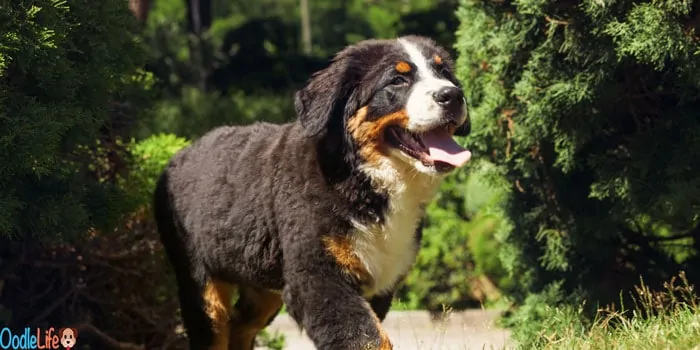
What NOT To Do When Your Puppy Cries in the Pen
While these tips are great steps to take to ensure your dog’s comfort during pen training, there are also steps to avoid. Here is a list of what not to do while pen training your pup.
1. Don’t Give In To Your Dog’s Tantrums
Our ability to communicate with our furry friends is limited, which is why it’s easy for us to give in to their cries of discomfort. But it’s important to keep in mind that it’s normal for your dog to cry or whimper when they first begin to be confined in their pen.
Stay determined in your goal to pen train your dog, and be firm in your reprimands if you have to. At the same time, let your dog know that you care for them. Don’t forget to reward them with treats when they behave correctly!
2. Don’t Show Aggression (Under ANY Circumstance)
It’s normal to feel frustrated when training your dog, especially given the communication barrier. But under no circumstance should you ever act aggressively with your dog. Yelling at them or hitting them will make them more scared, which they may respond to in an undesirable (or even dangerous) way.
Keep in mind that aggression triggers aggression, so make sure to be kind, patient, and loving to your dog.
3. Don’t Let Your Dog Use Their Pen As A Toilet
If your pup defecates in their pen, not only will they be less inclined to spend long periods in there, but their health may also be affected. Dogs have sensitive immune systems, and being confined in a small space with their stool (which homes tons of bacteria) can make them sick.
If your dog has passed stool in their pen, make sure to clean the whole area thoroughly so that your dog can no longer smell his stool. This helps prevent them from defecating in their crate again. You will need to use an enzymatic cleaner to effectively remove the smell from the pen.
- CERTIFIED GENTLE AND SAFE Chlorine free and color safe. Safe to use around pets and children. No hazardous propellants, no residue left behind. So gentle it’s been Certified Safe for all carpets, earning the Seal of Approval by the trusted Carpet and Rug Institute (CRI)
- ELIMINATES STAINS, ODORS AND RESIDUE If it’s gross, it’s gone. Not just the stain, but the stink. From stinky yellow pet urine and feces to vomit and other organic spills, our professional strength formula tackles them all.
- EVERY SURFACE, EVERY TIME For use on carpets, floors, furniture, clothing, litter boxes, kennels, carriers, all pet living and sleeping areas—anywhere stains happen.
- ENZYME ACTIVATED The key is getting to the problem deep-down. This spray contains natural enzymes that are activated on contact with odors and stains, feeding on ammonia crystals and organic matter until they are completely eliminated.
- 100% SATISFACTION GUARANTEED
This is because dogs can smell urine and other smell proteins that humans cannot. Even if it smells clean to us – there is a real chance that your dog can still smell the urine or poop. This MASSIVELY increases the risk of them repeating the accident in the same place. To a dog – If somewhere smells like a toilet area – it MUST BE a toilet area.
